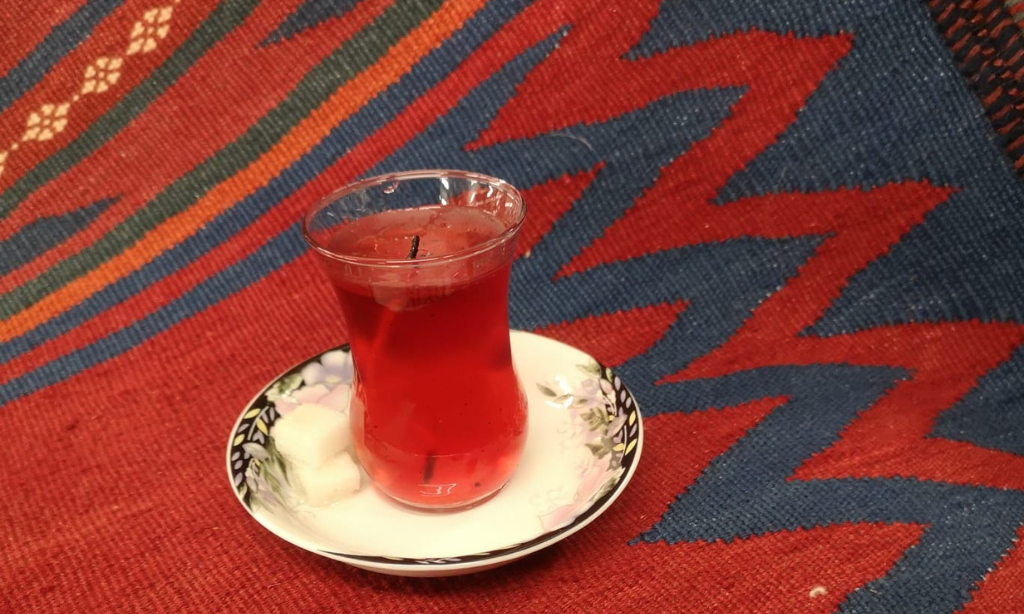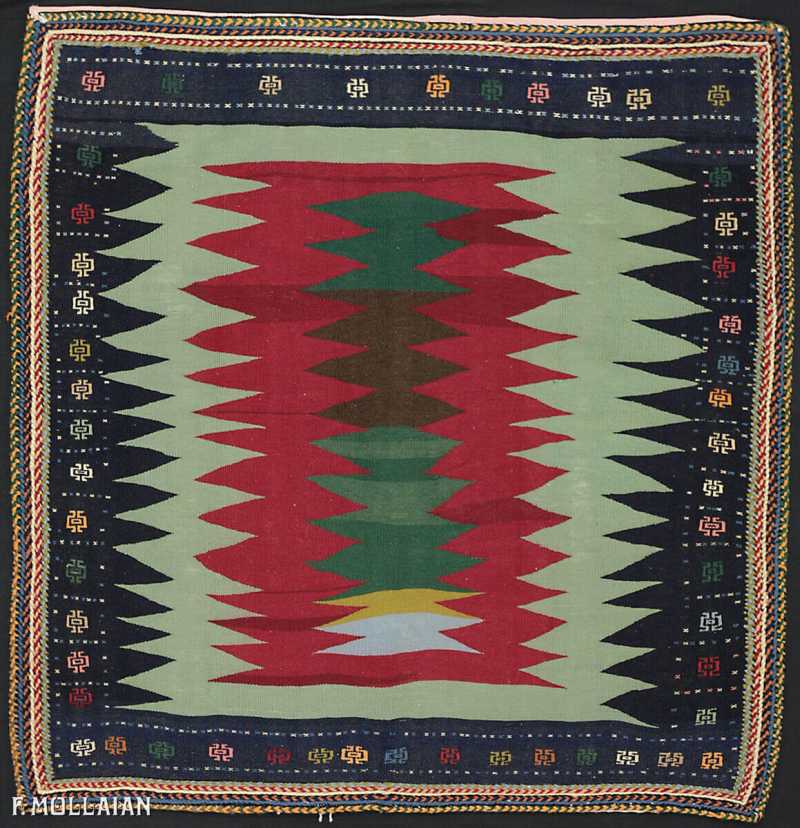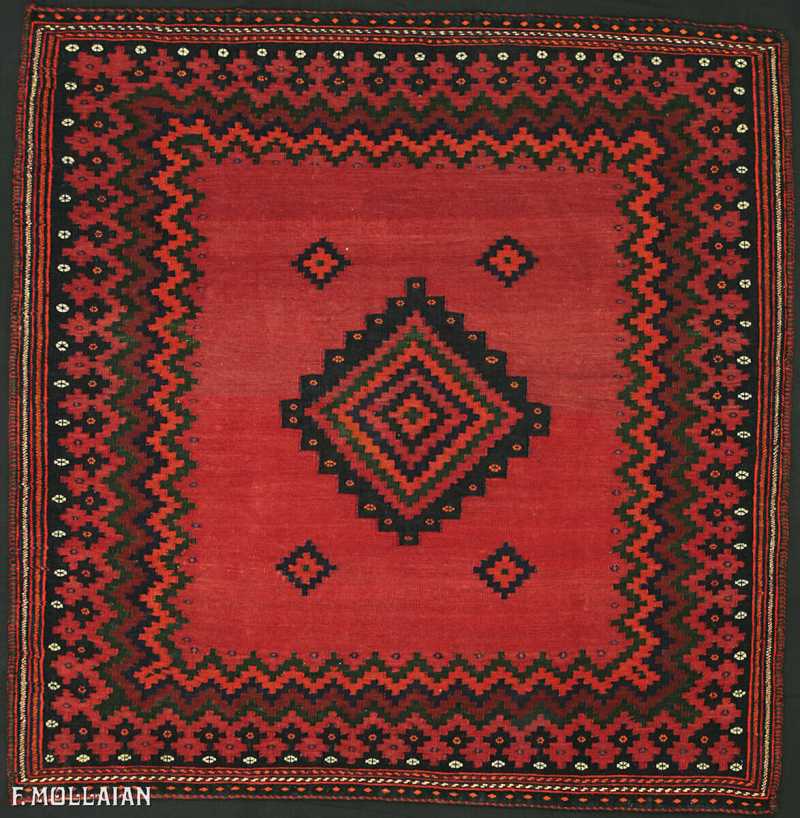Sofreh Kilim, a traditional flat-woven rug from Persia, holds a special place in Persian culture. You will find it deeply intertwined with the hospitality traditions of the region. Nomadic tribes have historically used these rugs for various purposes. They often serve as ground coverings during meals, reflecting their practical and cultural significance. The Sofreh collection includes different classes, such as Sofreh Class Excellent, Sofreh Class A, Sofreh Class B, and Sofreh Class C, each representing varying levels of craftsmanship and design intricacy.
Historical Background of Sofreh Kilim
Origins and Early Uses
The origins of the sofreh kilim trace back to ancient Persia, where these flat-woven textiles played a crucial role in daily life. You can find the earliest known examples serving practical purposes, such as ground coverings during meals or as protective layers for food. These kilims were not just functional; they also reflected the rich cultural tapestry of the region.
In the early days, artisans used natural materials like wool to craft these textiles. The weaving techniques employed were intricate, showcasing the skill and artistry of the weavers. You would notice that the vibrant colors and geometric patterns were achieved using natural dyes, which added to the aesthetic appeal of these kilims.
Development Through the Ages
As time progressed, the sofreh kilim evolved, influenced by trade and cultural exchanges.
The influence of balkan kilims and turkish kilim styles became evident in the patterns and techniques.
Throughout history, the design and symbolism of sofreh kilims have undergone significant changes. You can see how the motifs evolved to reflect the beliefs and traditions of the people who crafted them. Each kilim tells a story, capturing the essence of the culture and history of its time.
Cultural Significance and Regional Variations
Traditional Regions of Production
Key areas known for Sofreh Kilim weaving
You will find that the art of weaving sofreh kilims thrives in specific regions of Persia. These areas have a rich history of textile production, deeply rooted in their cultural heritage. The Qashqai tribes of Southwest Persia stand out for their exceptional craftsmanship. Their kilims are highly sought after in the market. The vibrant colors and intricate patterns reflect the natural beauty of the landscape. The weaving tradition in these regions has been passed down through generations, preserving the unique styles and techniques.
Unique characteristics of regional styles
Each region boasts its own distinctive style, influenced by local traditions and resources. You might notice that the patterns in these kilims often incorporate geometric shapes and bold designs. These elements are inspired by the rugged terrain and natural colors of the area. The fabrics used are tough and hard-wearing, ensuring durability. In some regions, you will see the influence of balkan kilims, with their simple yet striking motifs. This blend of styles adds to the richness and diversity of sofreh kilims.
Role in Cultural Practices
Use in ceremonies and daily life
In Persian culture, sofreh kilims play a vital role in both ceremonial and everyday settings. You will often find them used as ground coverings during meals, reflecting their practical utility. Beyond their functional use, these kilims hold significant cultural value. They are integral to various ceremonies, symbolizing hospitality and community. The act of spreading a sofreh kilim during gatherings is a cherished tradition, fostering a sense of togetherness.
Symbolic meanings and motifs
The motifs woven into sofreh kilims carry deep symbolic meanings. You will discover that these patterns often tell stories or convey cultural beliefs. Common motifs include geometric shapes, which represent harmony and balance. The influence of balkan textiles is evident in some designs, adding layers of cultural significance. Each kilim serves as a canvas, capturing the essence of the weaver’s culture and personal expression. By understanding these symbols, you gain insight into the rich tapestry of Persian life and tradition.
Evolution of Sofreh Kilim Over Time
Changes in Design and Technique
Introduction of new materials and dyes
You will notice that the evolution of sofreh kilim reflects changes in materials and dyes. Weavers began incorporating synthetic dyes, which offered a broader color palette. This shift allowed for more vibrant and varied designs. The introduction of cotton alongside traditional wool provided different textures and durability. These innovations marked a significant departure from the historical reliance on natural dyes and materials. The change in materials also influenced the weaving techniques, as artisans adapted to the new possibilities these resources offered.
Modern influences on traditional patterns
Modern influences have left a mark on traditional sofreh kilim patterns. You can see how contemporary tastes have inspired weavers to experiment with new motifs. The influence of balkan kilims and turkish kilim styles is evident in some modern designs. These patterns often blend traditional Persian elements with those from the Balkans, creating a unique fusion. This blending of styles reflects the interconnectedness of cultures and the adaptability of weaving traditions. The result is a rich tapestry that honors the past while embracing the present.Adaptation to Contemporary Tastes
Integration into modern interior design
Sofreh kilims have found a place in modern interior design. You might find these textiles used as decorative pieces in homes around the world. Their vibrant colors and intricate patterns add warmth and character to any space. Designers appreciate the versatility of these kilims, using them as wall hangings, table covers, or floor rugs. This integration into contemporary settings highlights the timeless appeal of sofreh kilims. They bridge the gap between traditional craftsmanship and modern aesthetics, making them a popular choice for those seeking to incorporate cultural elements into their decor.
Revival of traditional techniques by artisans
Artisans play a crucial role in reviving traditional weaving techniques. You will find that many weavers are returning to the roots of their craft, using methods passed down through generations. This revival ensures the preservation of cultural heritage and the continuation of weaving traditions. The renewed interest in traditional techniques has sparked a resurgence in the popularity of sofreh kilims. Artisans often collaborate with designers to create pieces that honor the past while appealing to modern tastes. This collaboration fosters a deeper appreciation for the artistry and history behind each kilim.
Contemporary Uses and Relevance
Sofreh Kilim in Modern Homes
Sofreh kilims have found a prominent place in modern homes, serving both decorative and functional roles. You can use these textiles as vibrant floor coverings, adding warmth and character to any room. Their intricate patterns and rich colors make them ideal for wall hangings or table covers, enhancing the aesthetic appeal of your living space. The versatility of sofreh kilims allows them to fit seamlessly into various interior design styles, from traditional to contemporary.
The global market has embraced sofreh kilims, recognizing their unique blend of artistry and practicality. You will find these textiles in homes around the world, appreciated for their cultural significance and craftsmanship. The demand for authentic sofreh kilims continues to grow, reflecting a broader appreciation for textile art and cultural heritage. As you explore the world of interior design, consider incorporating a sofreh kilim to bring a touch of Persian culture into your home.
Collecting and Preserving Sofreh Kilims
Experts like Farzin Mollaian contribute significantly to the market by offering guidance and expertise. Mollaian’s company, established in 1986, has amassed a remarkable collection of Persian carpets and oriental rugs. Based in Ferrara, a town in Italy known for its arts and architecture, Farzin Mollaian’s collections are available for viewing and purchase at mollaianrugs.com. His knowledgeable team is ready to assist you, preparing parcels to deliver these exquisite pieces to any destination worldwide.
His knowledge and experience help collectors navigate the complexities of the market, ensuring that they acquire pieces of true value. By consulting experts, you can gain insights into the history and significance of each kilim, enriching your understanding and appreciation of this textile art.
In your journey to collect and preserve sofreh kilims, consider the influence of Balkan kilims and other regional styles. These influences add layers of cultural richness to each piece, reflecting the interconnectedness of weaving traditions across different cultures. By valuing these textiles, you contribute to the preservation of cultural heritage and support the artisans who continue to practice this ancient craft.








